Does your website use cookies, forms, or run email campaigns? Then this European regulation applies to you. Learn how to comply with the ePrivacy Directive and avoid legal risks.
The CPRA expands the CCPA with new obligations, more user rights, and stricter penalties for businesses.
The ePrivacy Directive regulates aspects not covered in detail by the GDPR, such as the use of cookies, email confidentiality, and direct marketing. It sets essential rules to safeguard digital privacy across the telecommunications sector.
While the GDPR defines general principles for data protection, the ePrivacy Directive focuses on technical and specific aspects of the digital space. Together, they form a solid legal foundation to protect users and ensure regulatory compliance in digital environments.
Unlike the GDPR (which is directly applicable as a regulation), the ePrivacy Directive must be transposed into national laws by each country. In Spain, it is reflected in regulations such as the LOPDGDD, the LSSI, and the General Telecommunications Law.
Check which cookies your website uses, their purpose, and whether they require the user’s prior consent.
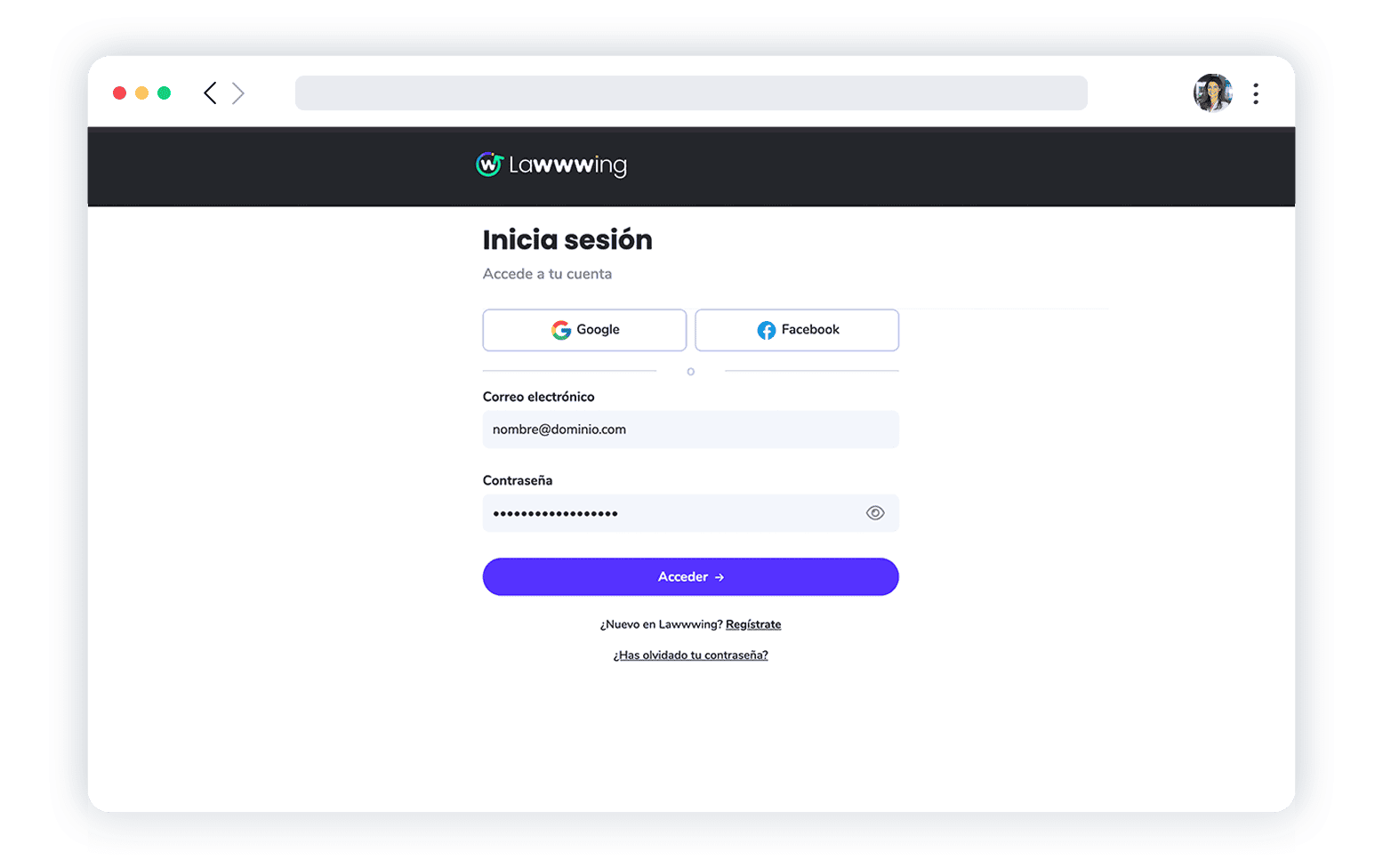
Your website must display a banner that blocks cookies until consent is given. This banner must always be up to date, configurable, and compliant with Google Consent Mode and the ePrivacy Directive.
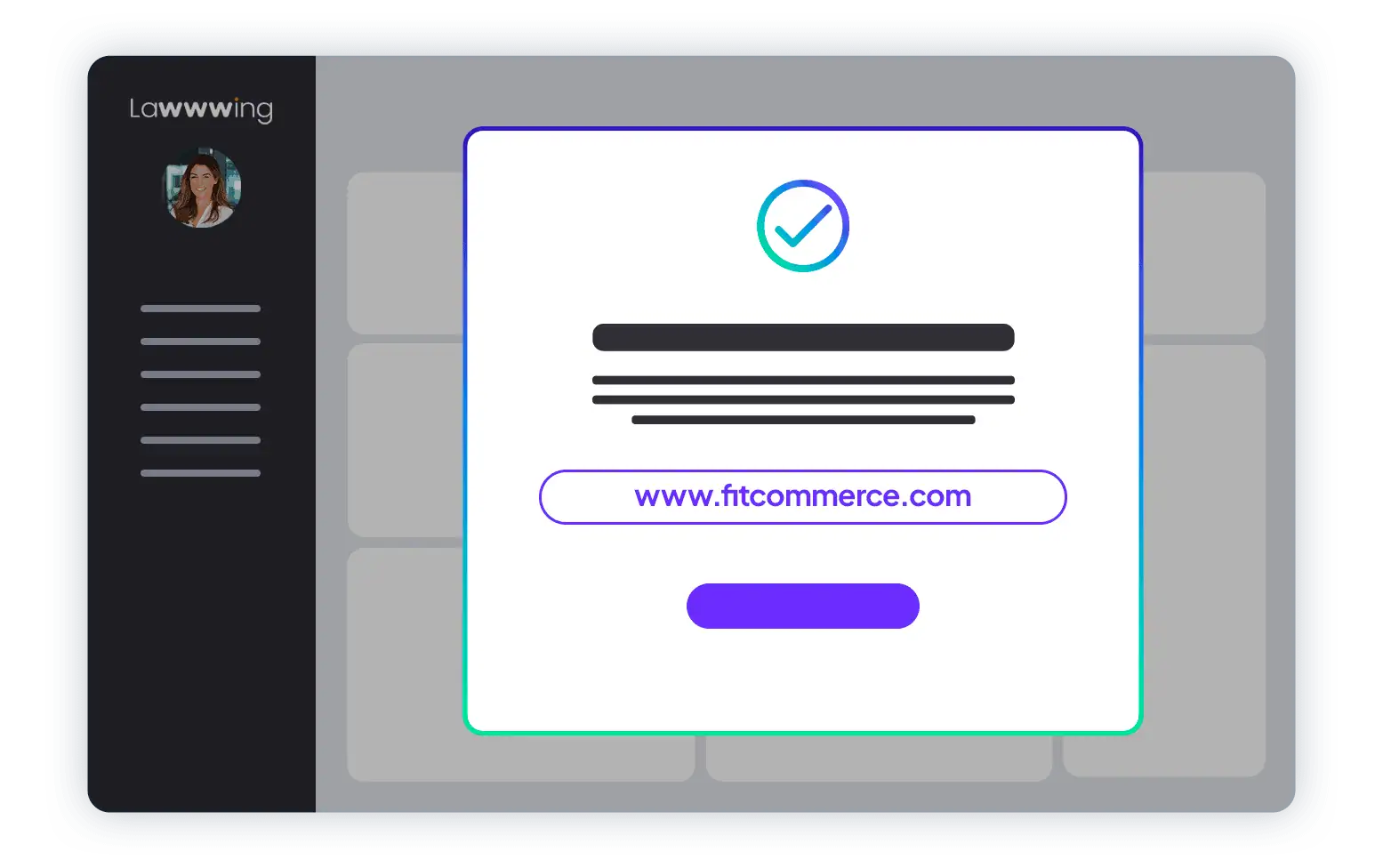
If you send marketing emails or use personalized ads, you must obtain the user’s explicit consent, with a few exceptions.
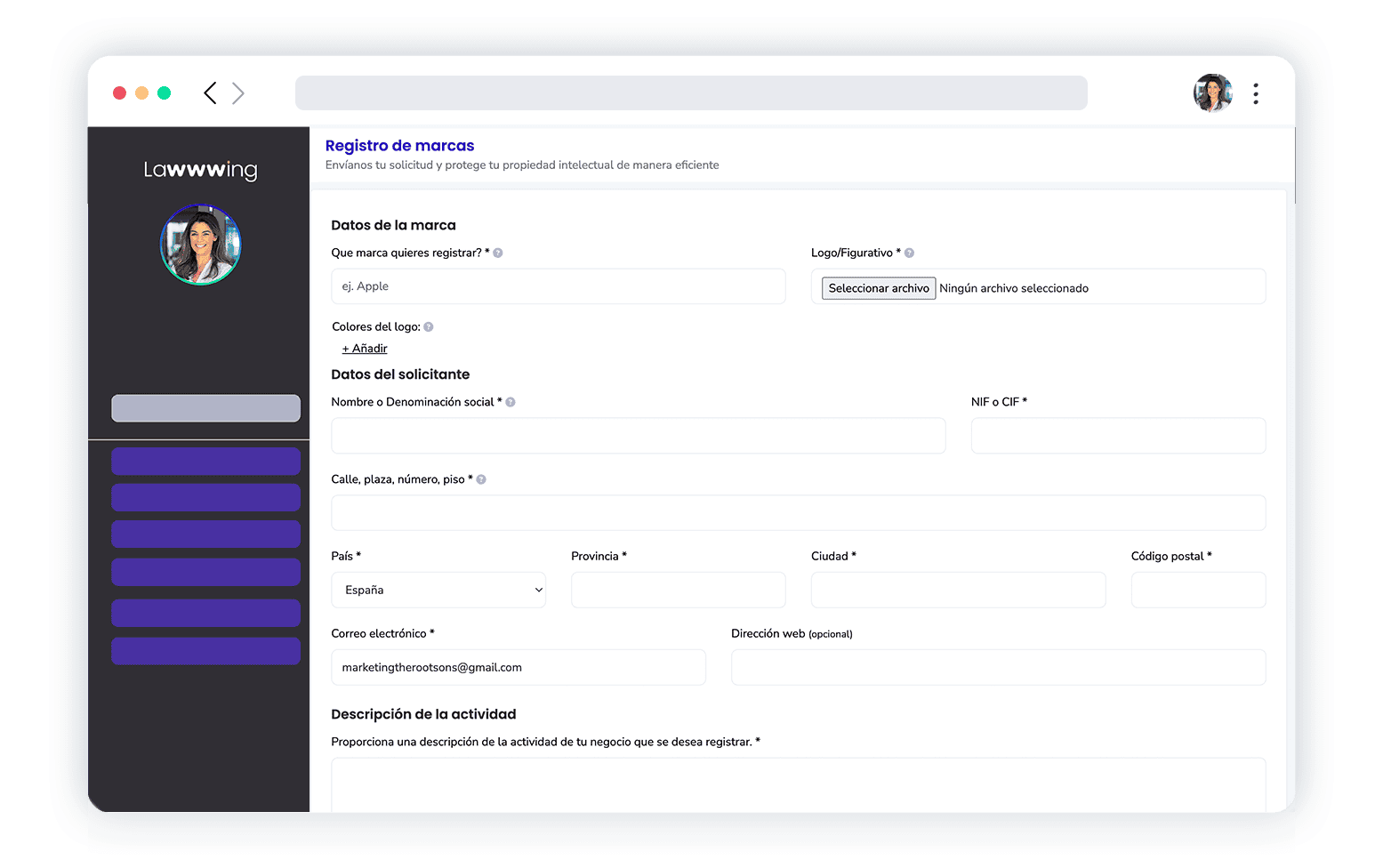
If your website has contact forms, chatbots, or allows data transmission, you must ensure that communications are private and secure.
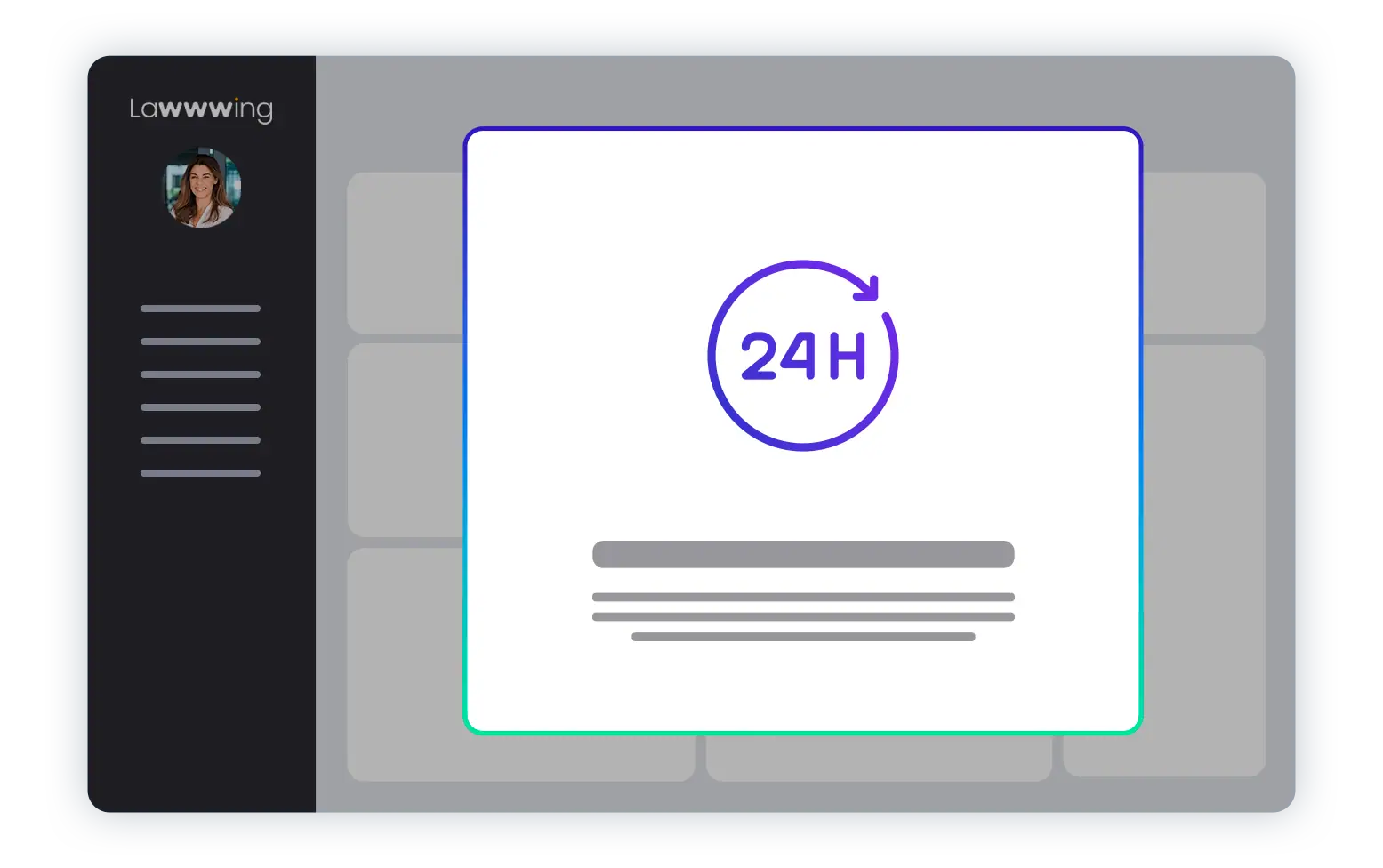
Comply with Google Consent Mode and keep your legal texts
always up to date with the GDPR, effortlessly.
Learn about the key aspects regulated by this directive—from the use of cookies and direct marketing to the upcoming ePrivacy Regulation, which aims to unify and strengthen digital privacy protection across the EU.

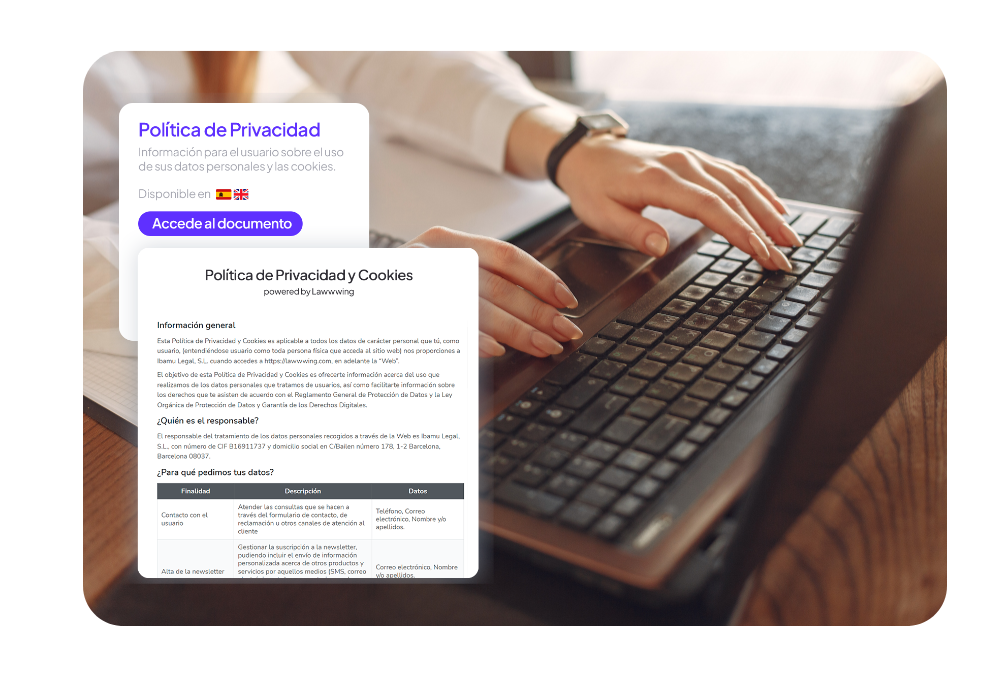

With Lawwwing, legal compliance is easy, fast, and hassle-free. These are the key features we offer to help your website comply with regulations effortlessly.
Automated compliance analysis
We scan your website to detect potential non-compliance issues related to cookies, forms, and legal texts.
Legal texts tailored to your business
We create legal notices, privacy policies, and terms and conditions in accordance with current regulations.
Transparent cookie consent management
We implement a system compliant with the GDPR and the ePrivacy Directive that allows users to easily accept, reject, or customize cookies.
Expert data protection guidance
Our specialized team helps you resolve questions and adapt your website to the latest legal changes.
Verifiable compliance at all times
We automatically store consent records from cookies and forms so you can demonstrate compliance in case of audits or complaints.
Ongoing automatic updates
Regulations evolve, and with Lawwwing, your site will always stay up to date without you having to worry.
With the Lawwwing plugin, you get a cookie banner compatible with Google Consent Mode v2 and keep your legal texts up to date with the GDPR, all backed by legal experts.
In this section, we answer the most common questions about cookie policies and how to ensure your website complies with current regulations.
Yes. Even if you do not sell directly, if you use cookies, tracking tools, contact forms or tools such as Google Analytics, this regulation applies. Lawwwing helps you to comply, whatever your type of website.